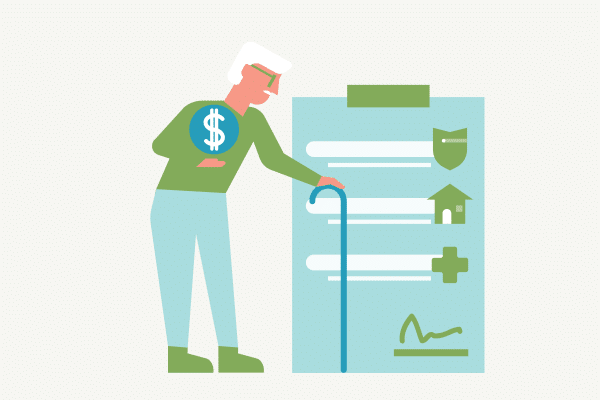Contributing to a Roth 401(k) or Roth IRA is a smart move for your retirement game plan. These accounts let you save while enjoying significant, long-term tax perks. But before diving in, it’s worth weighing the pros and cons to figure out what best aligns with your financial goals.
The key difference between a Roth and a traditional retirement plan boils down to when you pay taxes. With a traditional 401(k)/IRA, you contribute pre-tax dollars now and settle the tax bill later, during retirement. Roth plans flip the script: you contribute with after-tax dollars today, meaning those withdrawals in retirement come tax-free. It’s all about deciding when you’d rather deal with Uncle Sam.
❓ Roth Plans vs. Taxable Accounts: Why Go Roth?
Choosing a Roth 401(k) or IRA over a standard taxable account can offer significant protection and perks. While you get the same investment options, Roth accounts come with some legal shields, especially when it comes to bankruptcy protection and lawsuits—something taxable accounts can’t guarantee.
Another bonus? No annual tax reporting. Unlike taxable accounts where you pay income taxes annually, a Roth allows your earnings to grow tax-free, and qualified withdrawals are tax-free too. Fewer tax headaches, more growth potential.
💡 Roth vs. Tax-Deferred Retirement Accounts: More Savings, Fewer Hassles
A Roth 401(k)/IRA offers better long-term tax savings than a tax-deferred retirement account. Since you pay taxes upfront, all future growth is tax-free—meaning you can enjoy more tax-free money in retirement. And with no required minimum distributions (RMDs), your money can keep growing as long as you want.
Plus, there’s no age limit for contributions as long as you have earned income. It’s a plan that grows with you, literally.
✍️ Estate Planning with Roth Plans: Leave More for Your Heirs
From an estate planning perspective, Roth accounts offer a win-win. With tax-free distributions, there’s no income tax for beneficiaries on the money they inherit. Plus, Roth plans allow your heirs to take RMDs on their terms while leaving the rest to grow tax-free. And bypassing probate? That’s just icing on the cake.
🚶♂️➡️ The Backdoor Roth IRA: A Clever Workaround
If your income exceeds the IRS limit for Roth IRA contributions, a “backdoor” Roth IRA could be your secret weapon. It’s an IRS-approved method that allows high earners to enjoy the benefits of a Roth. You can roll over funds from a traditional IRA into a Roth IRA or convert the entire account. Keep in mind, you’ll still owe taxes on the transferred amount, but it can be worth it for the long-term tax savings.
In a nutshell, choosing a Roth 401(k) or Roth IRA is a solid investment in your financial future. It’s about playing the long game and reaping the rewards when you need them most.
Ready to Plan for Your Future?
At Insogna CPA, we’re pros when it comes to helping you navigate retirement planning. Whether you’re eyeing a Roth 401(k) or looking into that sneaky backdoor Roth IRA, our team of licensed CPAs is here to make it easy. Reach out today, and let’s build a strategy that sets you up for success. Your future self will thank you.




